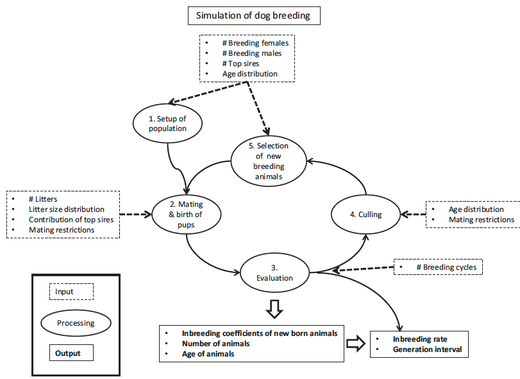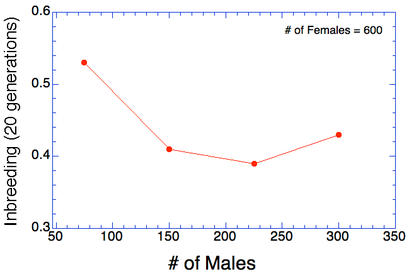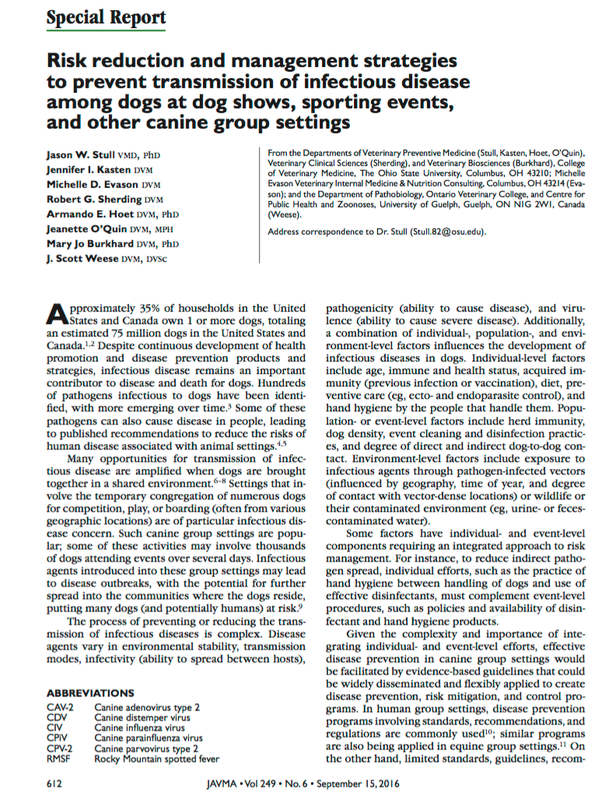| Simulating the real population of Golden Retrievers, in which five popular sires accounted for about 25% of the litters each year, they found that simply varying the number of males used for breeding from 150 to 300, while the number of breeding females was constant at 600, had little effect on the rate of inbreeding, but inbreeding was increased when they reduced the number of sires to 75 (Fig. 2). Doubling the number of popular sires from five to ten but maintaining their total contribution to the population reduced inbreeding from 0.41% to 0.30%, but the most dramatic difference (to 0.17%) was caused by removing the popular sires and equalizing the number of offspring per sires. |
ICB's online courses
*******************
Coming up NEXT -
Managing Genetics for the Future
Class starts 10 October 2016
***************************************
Visit our Facebook Groups
ICB Institute of Canine Biology
...the latest canine news and research
ICB Breeding for the Future
...the science of dog breeding





